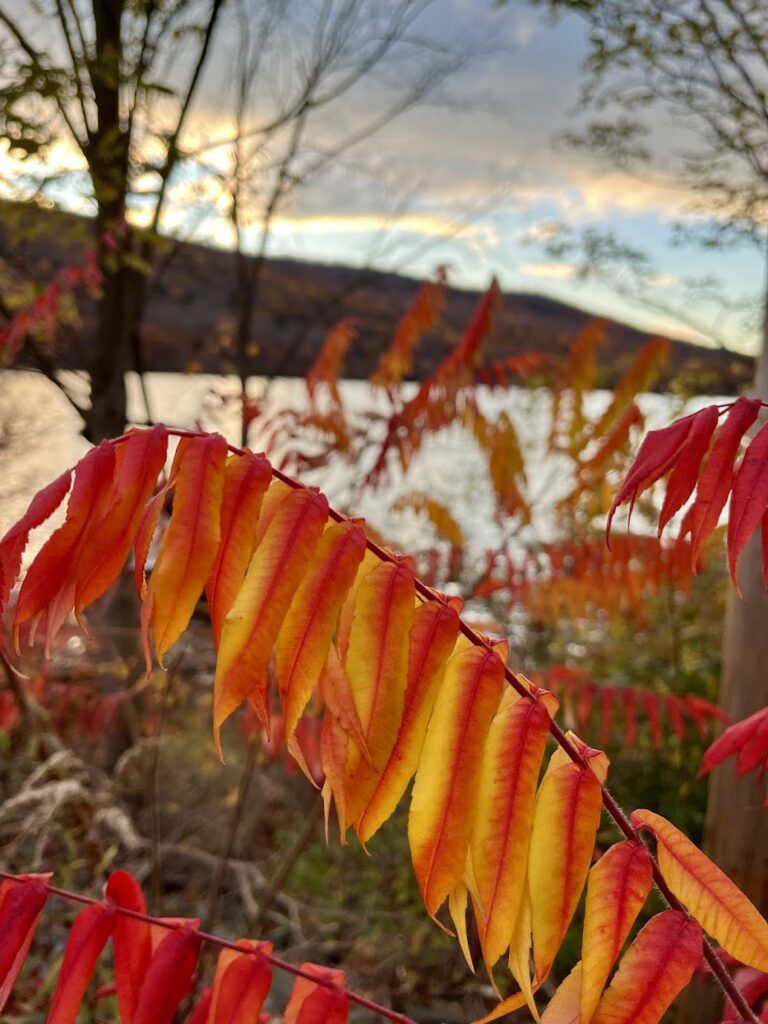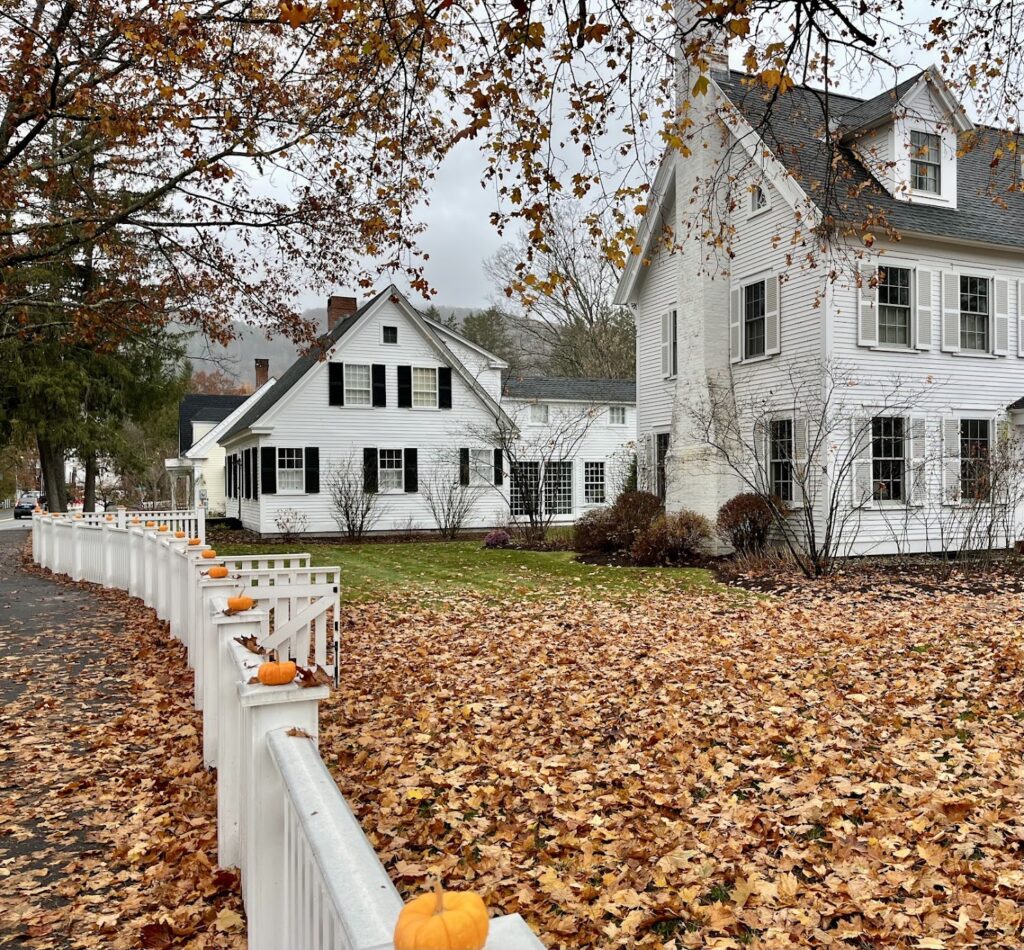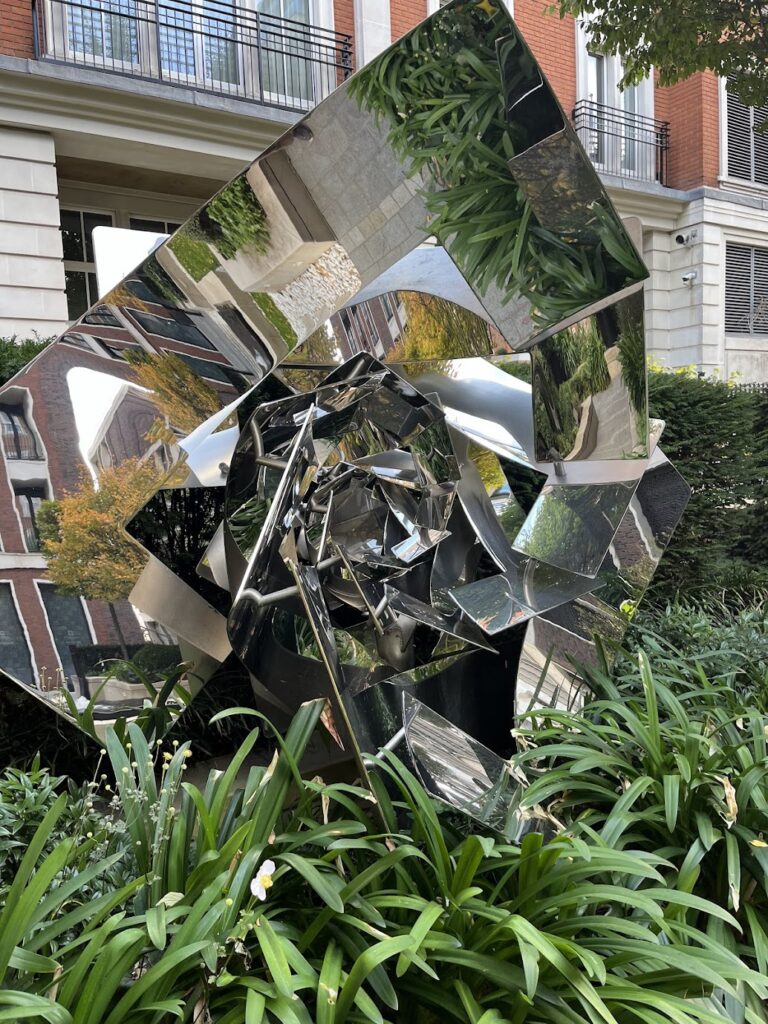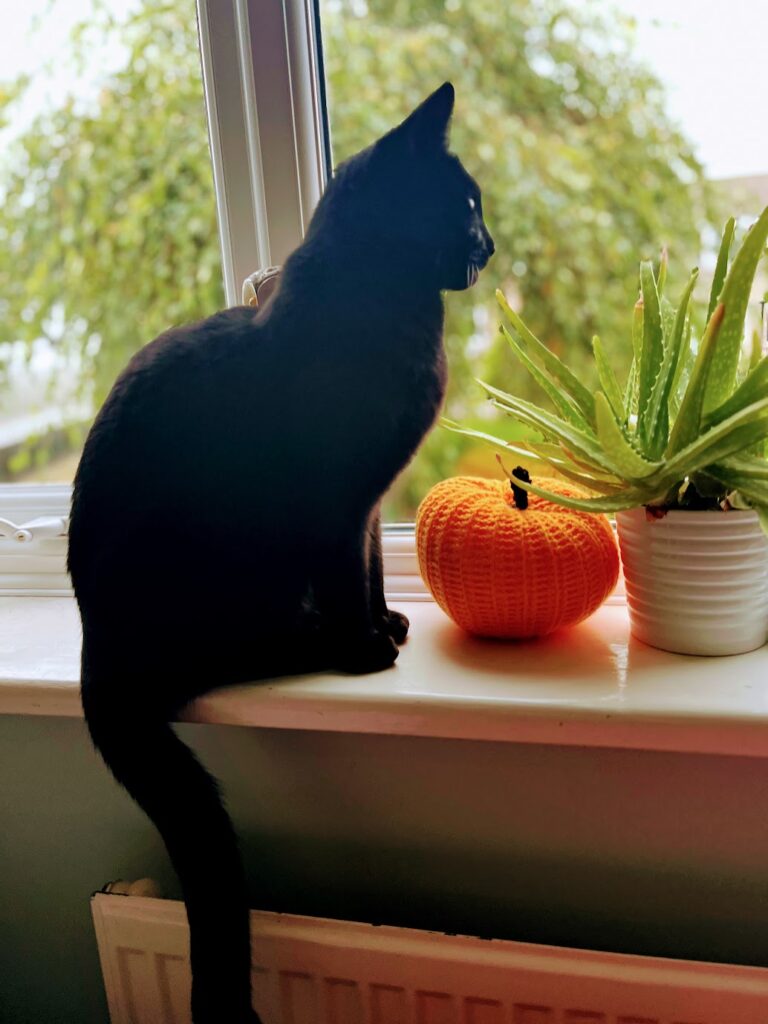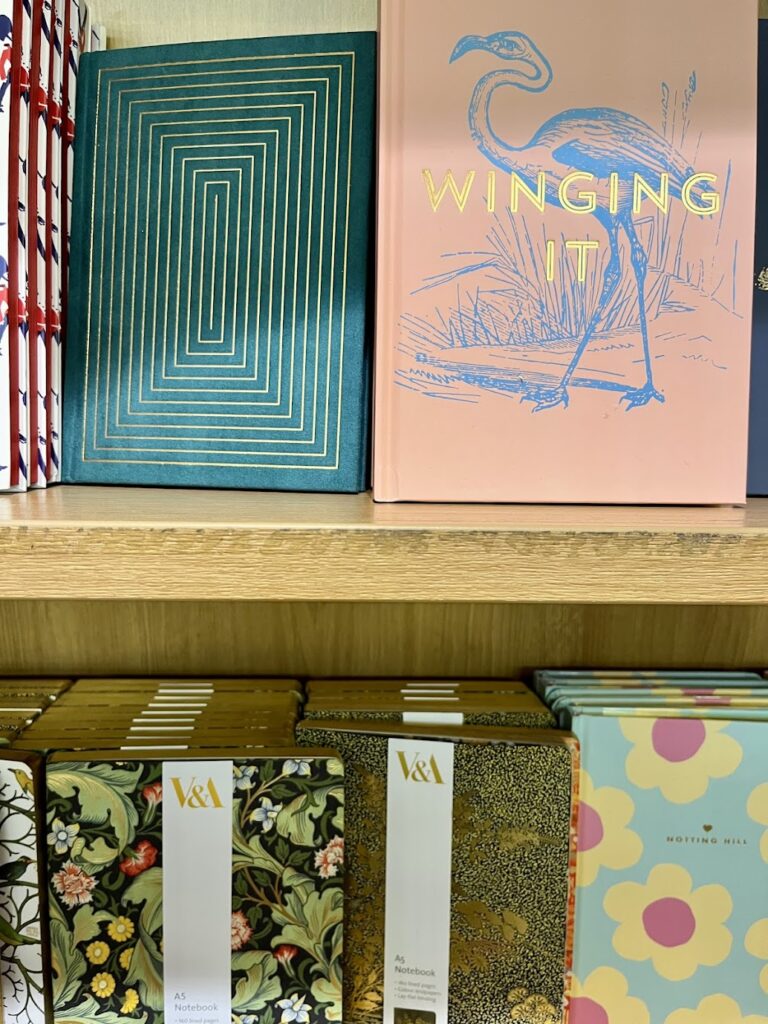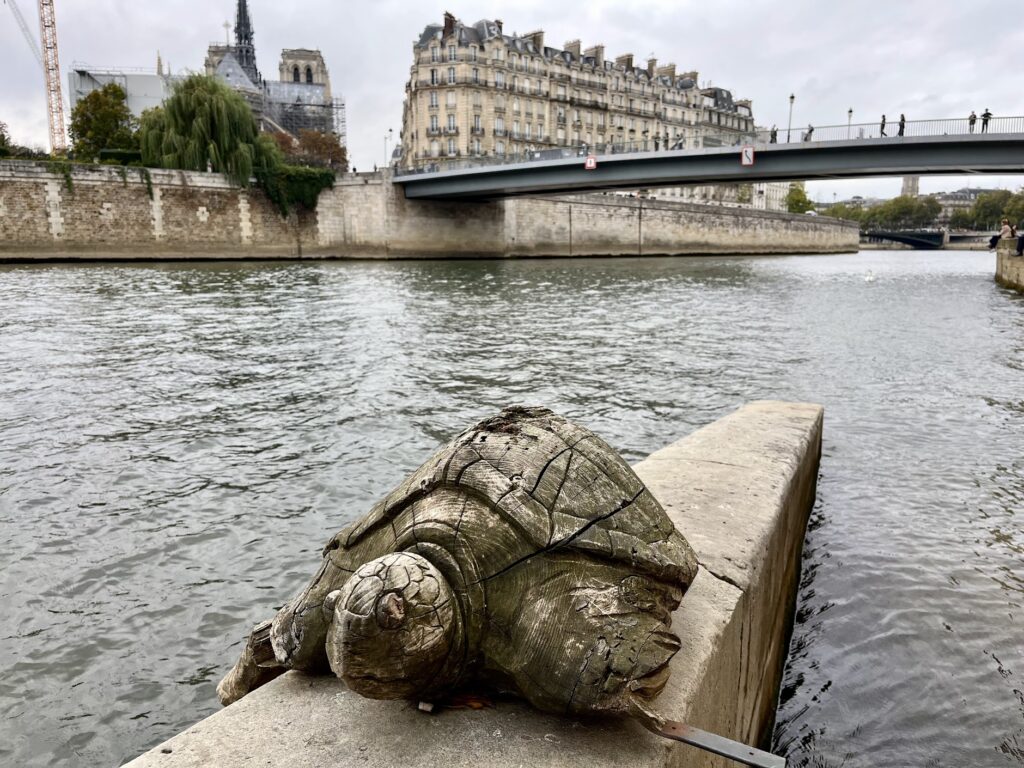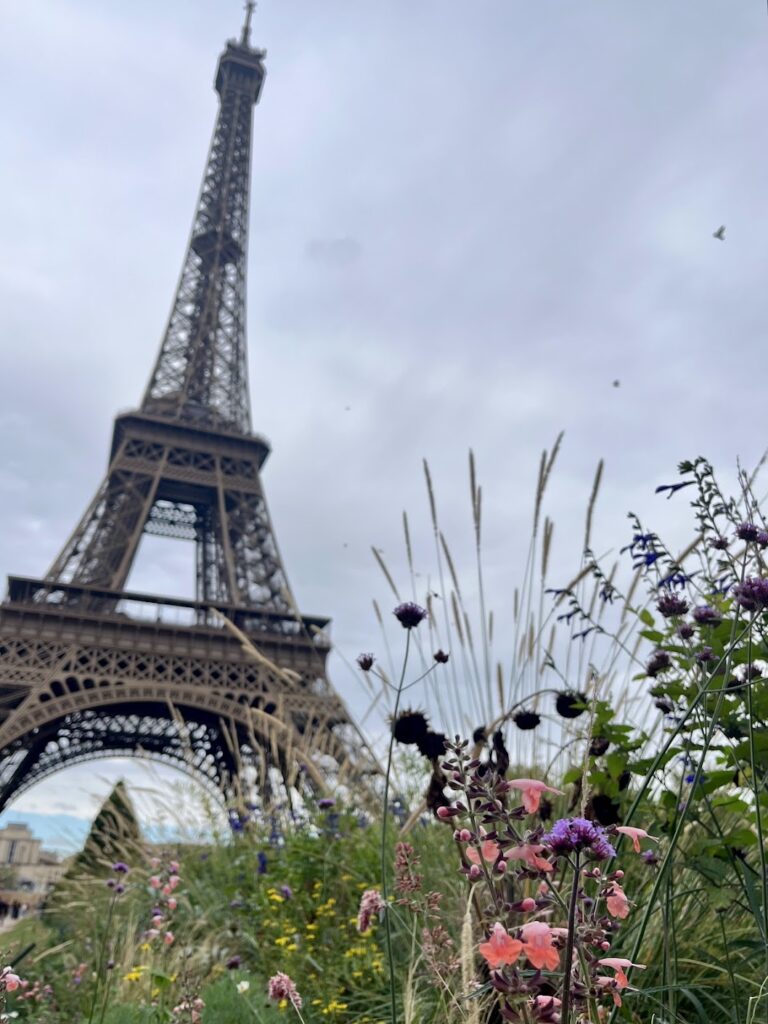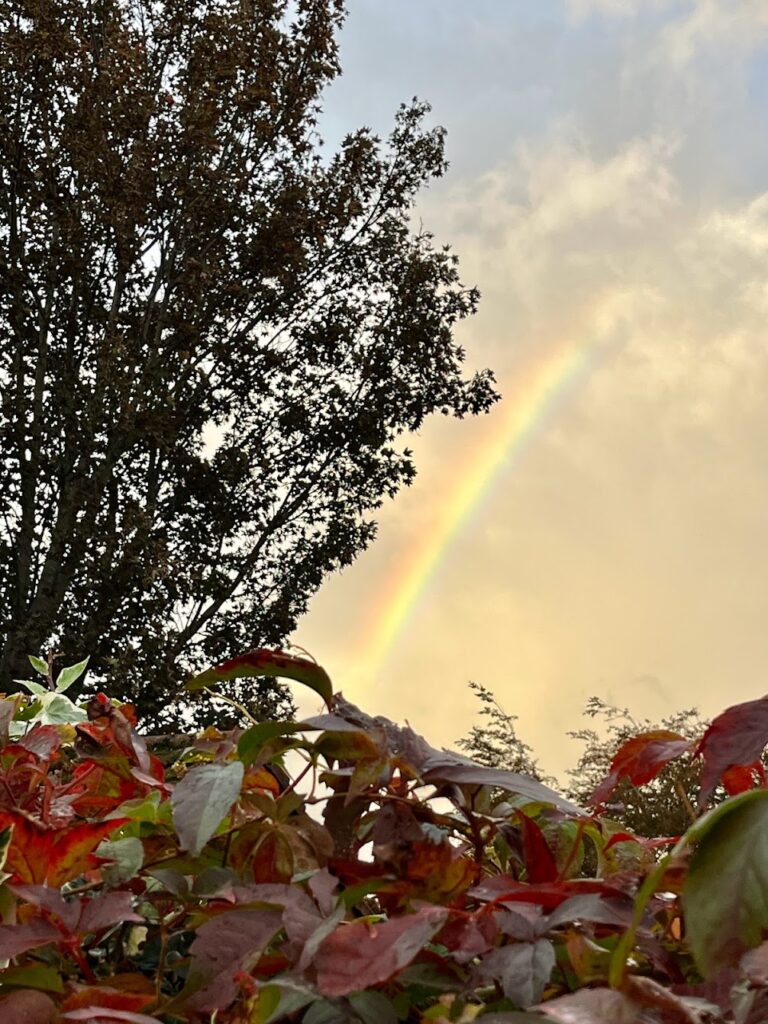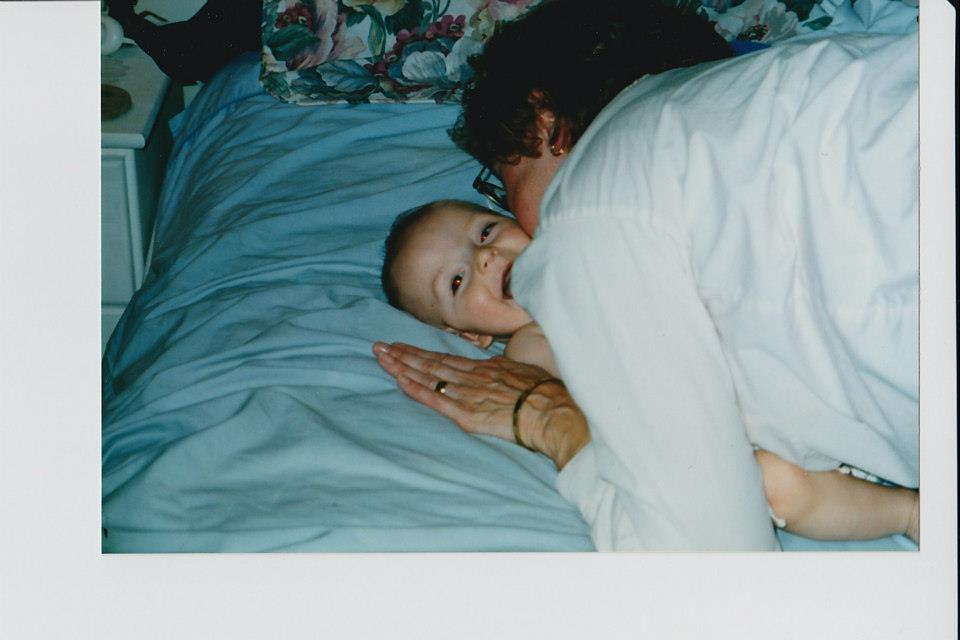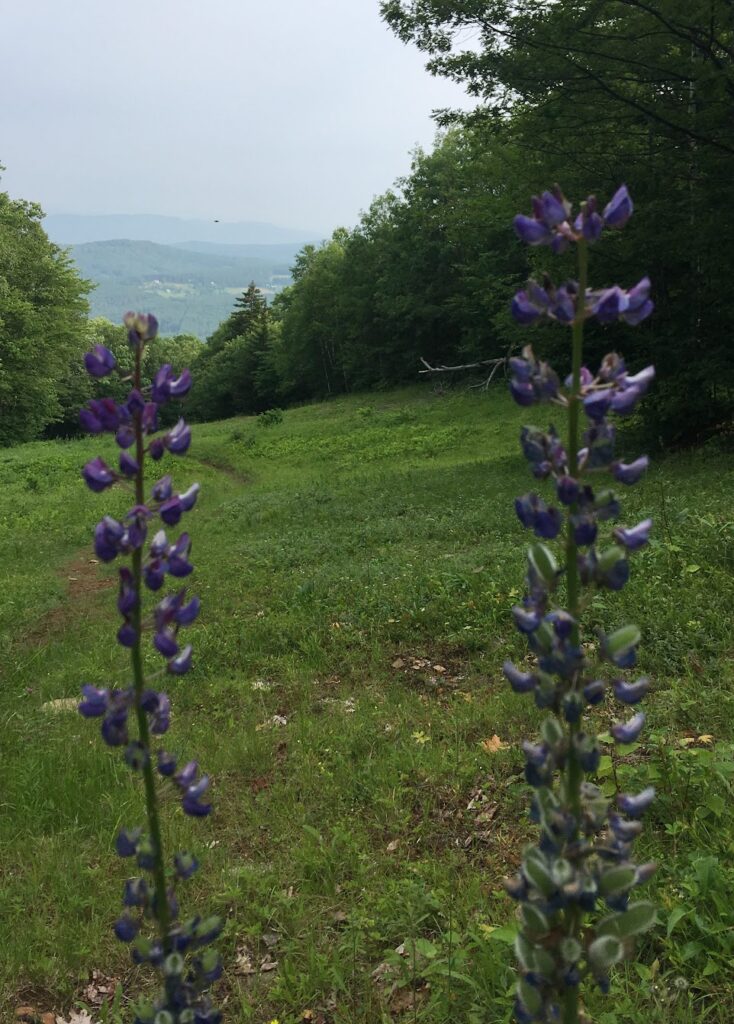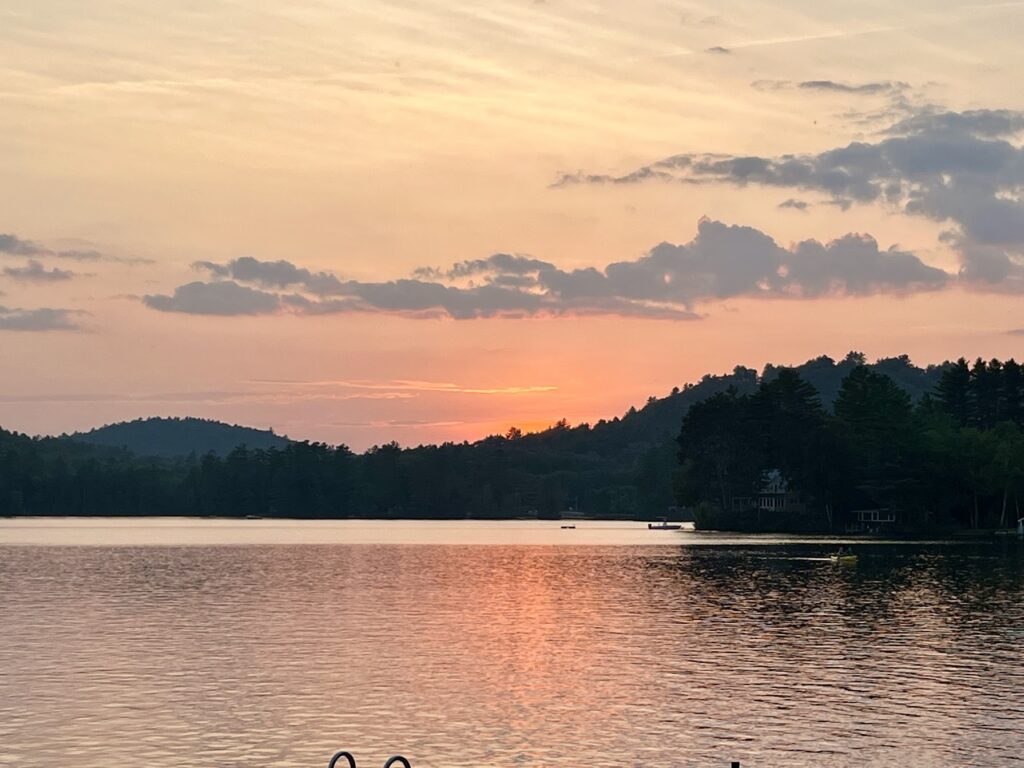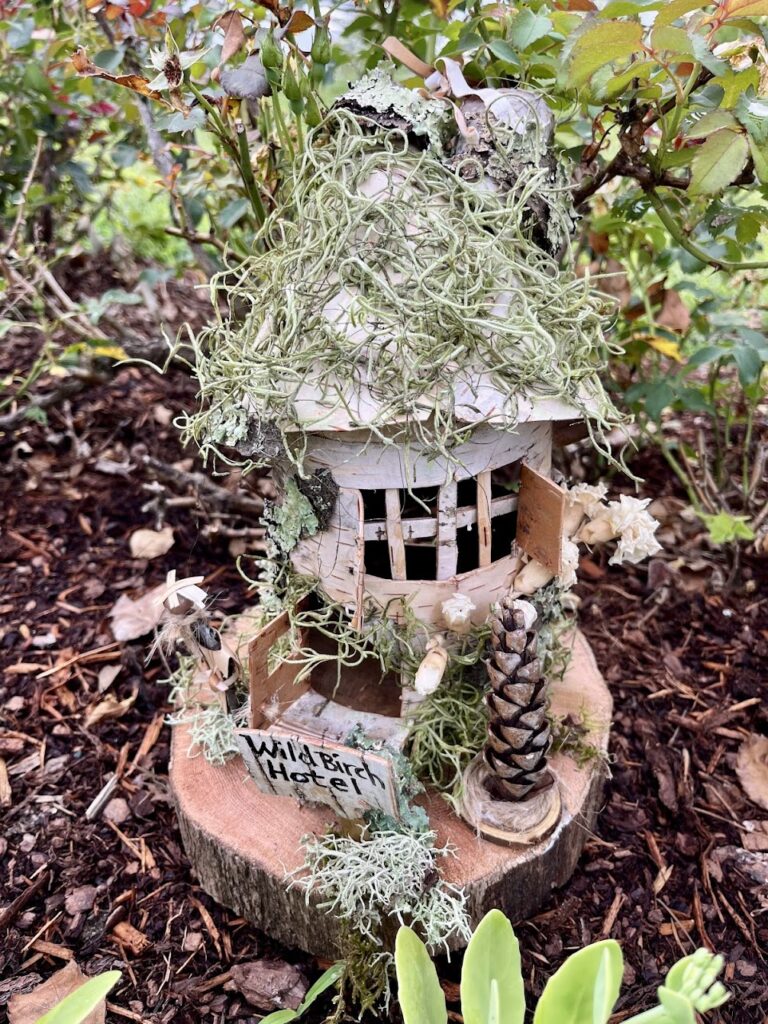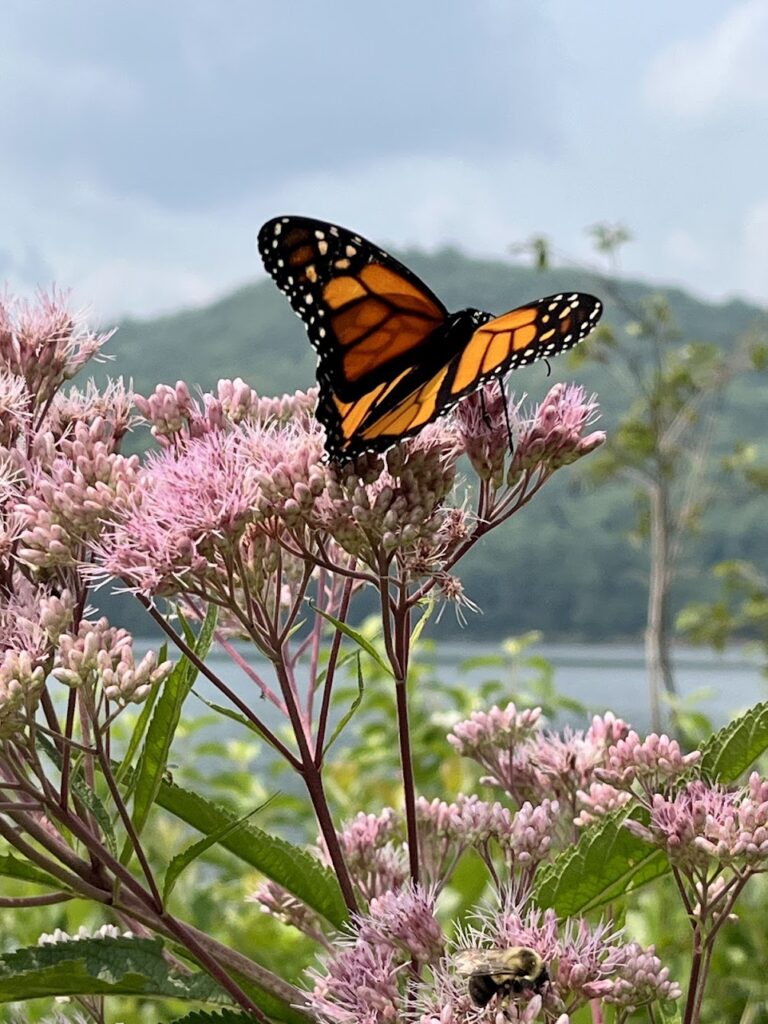This Week’s Bit of String: Expanding brackets
Back in school for the Christmas term, I spent 40 minutes working with a student on algebraic practice expanding brackets. Guiding him to multiply each bracketed term by each term in the other brackets, explaining why we’re multiplying here.
He was making progress, starting to remember a couple more steps as we moved on to the third problem of his online homework—and then he was sick of it. He insisted on guessing, repeatedly and incorrectly, stabbing the keyboard, for the fourth problem.
I sputtered reminders that he could work out the right answer if he tried.
He stabbed another wrong guess. “Miss, I just saw, like, three stages of grief pass over your face in one second.”
He may well have seen anger and bargaining and depression, but his comment then immediately made me laugh. It’s fitting, I suppose. It’s been a very busy couple of weeks.
Across the Ocean and Back
Just a week ago, as the half-term break ended, I arrived back from the USA. I published my previous blog post from Heathrow Departures on my way out, and spent the entire flight westward on writing tasks. Caught up on the latest Mslexia issue, scribbled about the journey, and wrote answers to interview questions for a Writers Showcase I’ll be participating in at the end of the month.
I made the trip for three reasons: to be with my family as we cope with bereavement, to start finding some private closure for myself, and to help out in any way possible. My parents are now in charge of my aunt’s house as well as their own, and my autistic cousin is now a wonderful part of our family. There’s a lot going on.
For example, on my first full day there I woke up at 4:15 a.m. and started scribbling about the previous evening’s reunion with my family. At the vaguest sign of daylight, around 6:45, I embarked on a 5-mile hike. I started in awe of the New England autumn colours which I haven’t seen much in 22 years and eventually made my way to the cemetery where I had a good cry at 8 a.m. over the family graves. I thanked our lost loves for giving us such good examples of how to look after each other.
After helping my mom with weeding, organising the pantry, and then hoovering up cobwebs from the basement ceiling, we left my aunt’s house for my parents’ and met up with my brother and his kids, plus my kiddo and their fiancé, for raucous family times. This included, among other random moments, me bouncing my niece on my lap while singing a sped-up version of a Sunday school song about Daniel in the lion’s den, in honour of my cousin’s middle name Daniel. Junie demanded it twice more.
And that was just one day! It was a wonderful week, I managed to squeeze a fair bit in, although it feels surreally separate from my back-to-term life. Despite the lack of sleep on the overnight flight home plus hints of jet lag, I made it through this past week at school while also cleaning my own house this time, running the BlueSky channel for Women Writers Network, critiquing 3 different pieces for other writers, editing the opening section of my new novel to submit that for feedback, starting my Thanksgiving cooking, and writing this masterful piece.
Ups and Downs
My day job itself is a microcosmic whirlwind of emotion. I’ll spend an excruciating hour with a student who refuses to go to classes so it’s down to TAs to educate her 1:1. An hour despairing of my career choice while she refuses to do anything while she glowers at her phone under a fur-lines parka hood. Try to make conversation and half the time I’m met with a sneering, “You WHAT?” The next hour, I might be fortunate enough to attend a Photography class, prompting and scribing a student’s self-evaluation of his work while a couple other boys in the class exchange corny jokes.
“Miss, what do you think of this one: What did the first hat say to the second hat? —You stay here, I’ll go on a head.”
I told my husband’s favourite joke which involves an elephant impersonation so I could never do it justice here. This surprised the boys so much, they cracked up. Meanwhile, my student tried his best to bite his smile back and I could claim my revenge:
“Pretty sure I just saw all five stages of grief pass over your face when I told that joke,” I quipped.
While acknowledging, and celebrating really, that our lives are made up of such emotional tempests, and that progress is often two steps forward and one (or two or three) back, I don’t necessarily like that portrayed too realistically in a book. I like a story to have a fairly orderly trajectory.
Yes, the protagonist, having been made suddenly aware of a problem during the inciting incident, will over-compensate and mess it all up. Yes, all will seem lost at the midpoint and they’ll have to rally again. But it irks me when a writer reconciles characters just to fall out over something else, for example, or gives them a crucial self-realisation only to forget it in the next chapter and have to learn it again. This seems common in stories of middle-class angst.
Maybe my intolerance makes me a selfish reader, but I don’t need fiction to resemble real life that much. I can read about real, sometimes harrowing issues, but give me some kind of actual trajectory through it. The ups and downs of real life are tiring enough.
Does that bother you in a book? How firmly do you like stories plotted, or are you happy enough to spend each moment with a character?
